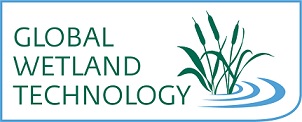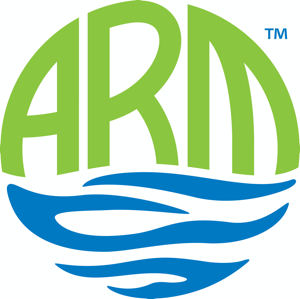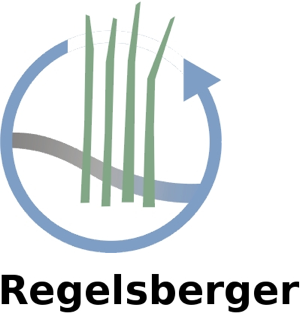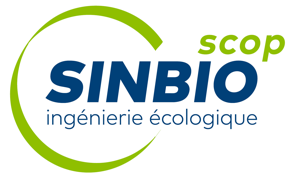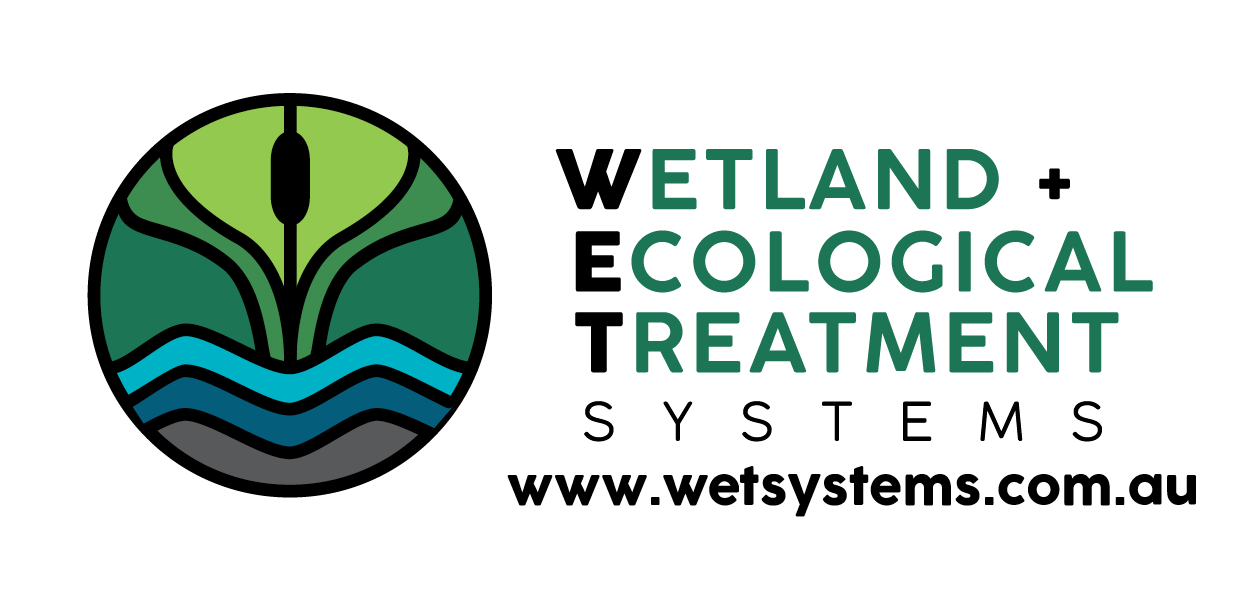Crynant: Two 1,200m2 vertical flow reed beds operated alternately to treat 3,400 m3/d of tertiary municipal waste water.
Crynant
Additional Info
- In operation since: Dec 2007
- Type of wastewater treated: Domestic
- Type of wastewater (other): Tertiary
- Hydraulic load: 3,400 m³/day
- Organic load (PE): 17,000
- Organic design load (kg BOD/day): 51
- Location: Crynant, South Wales , UK
- Client: Welsh Water
- Stage 1 type: Vertical flow, non-saturated
- Stage 1 surface area (m²): 1,200 (x 2)
- Cost: £333,000.00
-
Needs:
Crynant sewage treatment works operated by Dwr Cymru Welsh Water needed to be upgraded to achieve a tighter consent for suspended solids (28 mg/l to 15 mg/l) and BOD (16 mg/l to 10 mg/l) in addition an ammonia consent of 5mg/l was being introduced. The treatment process at Crynant comprised primary settlement, biological filtration and humus settlement. The poor condition of the old process units and the imposition of a new discharge consent, including a first time ammonia standard, necessitated a complete redesign of the treatment process. The sewage works treat a population equivalent of 5,680 receiving average daily flow of 3,400 m3/d. Dwr Cymru Welsh Water required a cost effective and efficient solution to their wastewater treatment needs which would also meets the carbon accounting requirements of OFWAT.
-
Solution:
The process selection and design was constrained by several complicating factors including high infiltration and difficult ground conditions. To minimise the footprint required as well as having a slightly lower capital (CAPEX) and operational expenditure (OPEX), ARM designed and constructed 2 vertical flow reed beds totalling 2,400m2. Only one bed operates at a time; each typically operated for a two week period during which the standby bed is allowed to rest, encouraging the biodegradation of any accumulated solids.
-
Benefits:
The Standard solution for this works discharge upgrade would have been the provision of an energy intensive activated sludge plant followed by sand filtration, including inter-stage pumping. However, in line with Welsh Waters Sustainable Strategy which includes responding to climate change, a low carbon footprint solution was installed comprising a rotating biological contactor (RBC) and reed bed. An initial comparative assessment considered emissions associated with cement (construction) and electricity consumption. This indicated that the reed bed option had lower emissions than the biofilter option (particularly for construction) and both had significantly lower emissions than a conventional nitrifying AS plant with tertiary filtration.

